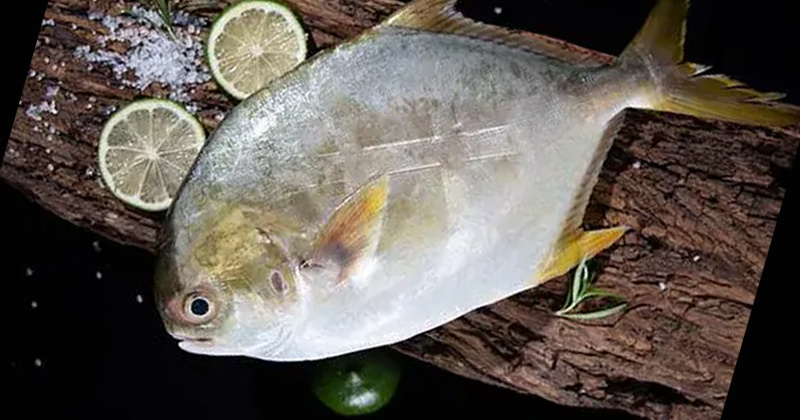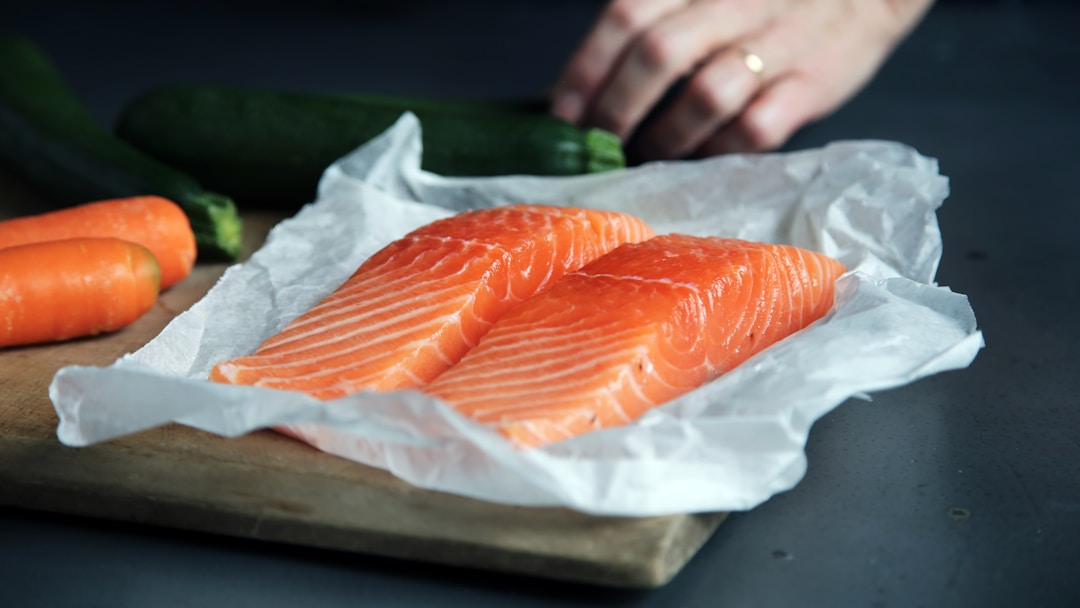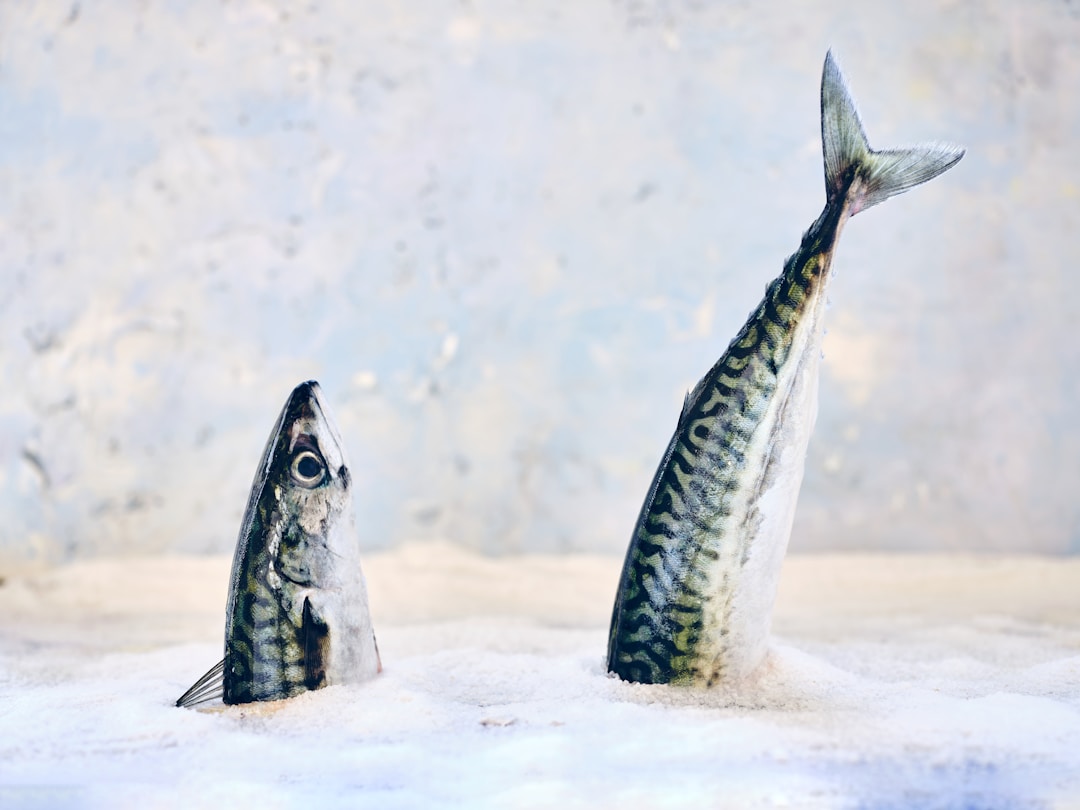Innovative Methods to Preserve Seafood Gain Popularity as Consumers Seek Freshness and Quality
Release Time:
Mar 21,2024
As consumers become increasingly concerned about the freshness and quality of their seafood, innovative preservation methods are gaining popularity in the seafood industry. These methods not only help to extend the shelf life of seafood but also maintain its taste, texture, and nutritional value.

As consumers become increasingly concerned about the freshness and quality of their seafood, innovative preservation methods are gaining popularity in the seafood industry. These methods not only help to extend the shelf life of seafood but also maintain its taste, texture, and nutritional value.
One such method is the use of modified atmosphere packaging (MAP), which involves replacing the air inside a package with a mixture of gases, such as carbon dioxide, nitrogen, and oxygen. This creates an environment that slows down the growth of bacteria and extends the shelf life of seafood without the need for chemical preservatives. MAP has become particularly popular for packaging fish, shrimp, and other shellfish, as it helps to maintain their freshness and quality during transportation and storage.
Another emerging trend in seafood preservation is the use of high-pressure processing (HPP). This technique involves subjecting seafood to extremely high pressures, which kills bacteria and extends the product's shelf life without affecting its taste or texture. HPP has been shown to be particularly effective in preserving raw seafood, such as sashimi and oysters, as it retains the product's natural flavors and textures.
Cryogenic freezing is another advanced preservation method that is gaining traction in the seafood industry. This technique involves freezing seafood at extremely low temperatures (-196°C), which effectively stops the growth of bacteria and extends the product's shelf life for several years. Cryogenic freezing is particularly useful for long-distance transportation and storage of seafood, as it ensures that the product remains fresh and high-quality upon arrival.
In addition to these innovative methods, traditional preservation techniques such as salting, smoking, and drying remain popular among consumers who prefer the unique flavors and textures that these methods impart to seafood. However, these methods often require more time and effort and may not be suitable for all types of seafood.
The increasing demand for fresh and high-quality seafood has led to a growing interest in sustainable and eco-friendly preservation methods. As consumers become more conscious of their environmental footprint, there is a growing trend towards using natural preservatives, such as herbs and spices, to extend the shelf life of seafood without compromising its taste or quality.
In conclusion, innovative preservation methods are playing an increasingly important role in the seafood industry as consumers demand fresher and higher-quality products. From modified atmosphere packaging to high-pressure processing and cryogenic freezing, these advanced techniques are helping to maintain the freshness, taste, and nutritional value of seafood while also reducing waste and improving sustainability. As the seafood industry continues to evolve, expect to see even more innovative preservation methods emerge to meet the growing demands of consumers.






